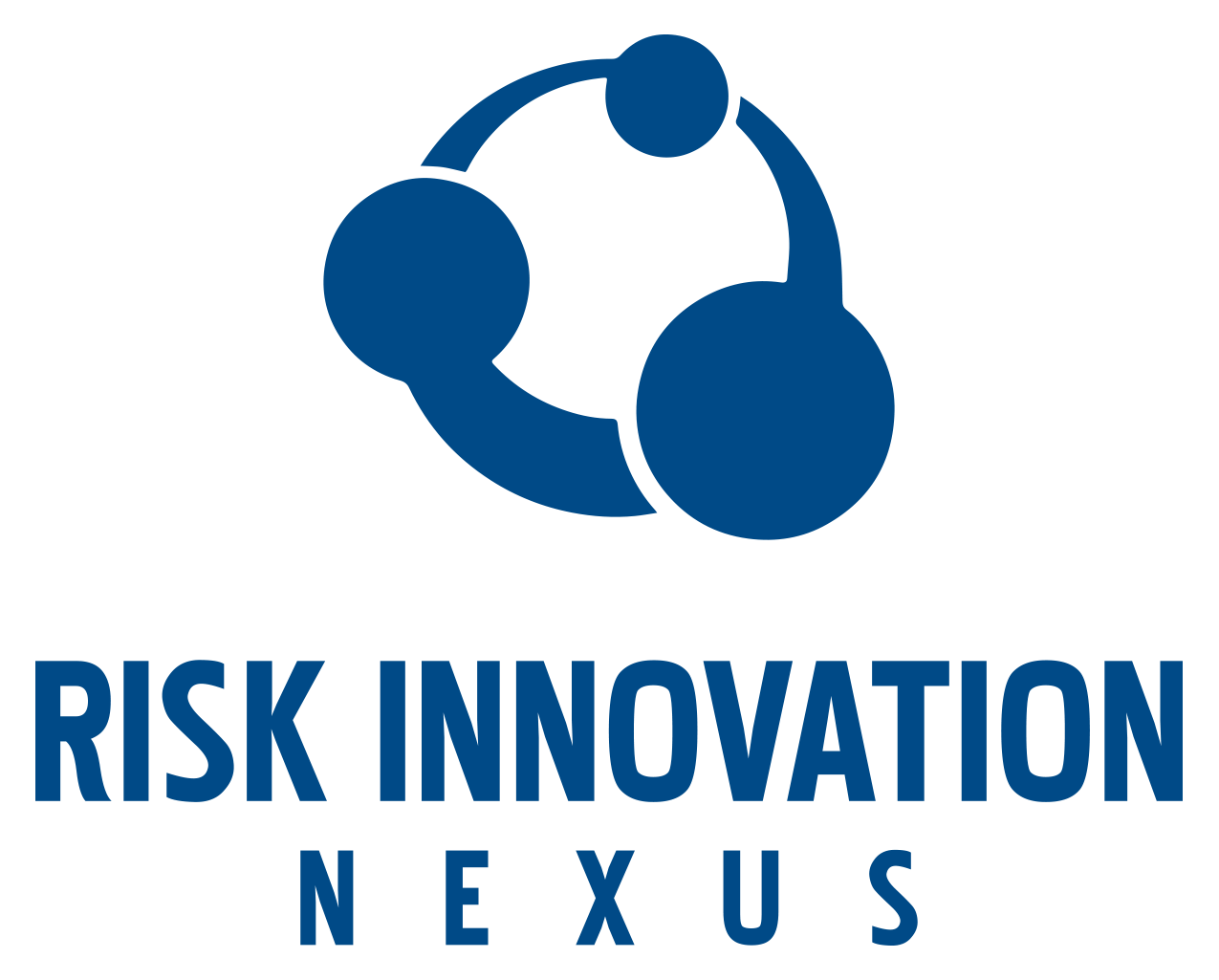Fossil-Be-Gone
A hypothetical risk scenarioAdvanced biofuels that surpass fossil fuels on price and performance
You are an executive in the company “Fossil-Be-Gone,” a self-identified “green” company which uses an innovative technology to convert agricultural feedstock into a direct replacement for gasoline. The company’s core technology is a genetically modified bacteria that can be tailored to convert different types of plant matter to a gasoline replacement. The process leads to a highly cost-effective fuel that has the same performance as a high octane rating gasoline. At present, feedstocks include corn, soybean, and wheat. By-products include a nutrient-rich slurry that, when treated and diluted, can be used as a fertilizer.
Fossil-Be-Gone has been built on a values-platform of environmental conservation, sustainable practices, climate change mitigation, and supporting local communities. The process is well-suited to developing refineries that use local agricultural produce and serve local markets. And while the process has some negative environmental impacts, these are kept in check.
As the efficiency of the technology improves, it is becoming more profitable for farmers to sell their produce to Fossil-Be-Gone rather than to other buyers. And as the company grows, it is having an increasingly disruptive impact on local communities and businesses.
Critical Risk Dimensions
- Perception
- Worldview
- Health & Environment
- Product Lifecycle
- Organizational Values & Culture
- Reputation & Trust
- Standards
Additional Resources
- TBD
Download Fossil-Be-Gone
Click to download.
Key questions for identifying orphan risks
How could the political and social views and beliefs of potential investors, consumers and influencers potentially affect future investment and growth?
Despite this being conceived of as a “green” company, are there potential environmental risks associated with the technology, the product, and the waste produced from the process?
How could the technology being used potentially impact people and the environment across its life cycle, from the initial feedstock used to the product’s eventual use?
How might potential disconnects between foundational company values and practices affect the company?
How might evolving standards and norms around sustainable practices and the circular economy affect the business?
